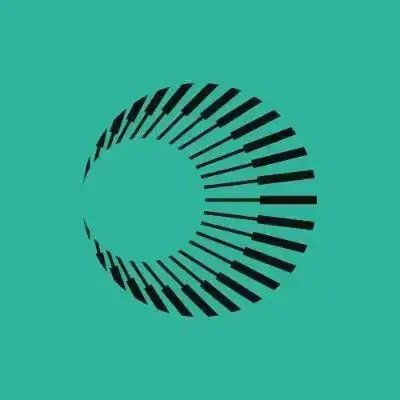How Many Floki Coins Are There?

How Many Floki Coins Are There?
In the vast and sometimes bewildering world of cryptocurrency, meme coins have carved out a notable niche. Among the growing list of meme-inspired digital assets, Floki Inu has emerged as a prominent player, drawing significant interest from both crypto enthusiasts and casual investors. One of the common questions surrounding this cryptocurrency is: How many Floki coins are there? This article delves into the details behind Floki Inu's circulation supply, its origins, and the factors that influence its numbers.
The Emergence of Floki Inu
Conceptualized as a nod to the well-known meme culture that helped propel Dogecoin to fame, Floki Inu is a relatively recent entrant to the market. Its creation was inspired by Elon Musk, the tech billionaire whose tweets and public statements routinely cause ripples in the crypto markets. Named after Musk's Shiba Inu dog, Floki Inu embodies a light-hearted yet speculative form of digital currency that appeals to a broad audience.
Floki Inu aims to differentiate itself not just as a mere meme coin but also with its initiative to create utility through projects and partnerships. This focus on building a genuine utility sets it apart from many other meme coins that exist purely on hype and speculation.
Understanding Floki Coin Circulation
As with any cryptocurrency, understanding the circulating supply of Floki Inu involves diving into the specific protocols and tokenomics that govern its existence:
- Total Supply: Floki Inu was designed with a remarkable total supply of 10 trillion tokens. This large number is common among meme coins, often resulting from an intentional decision to boost accessibility and affordability. However, it also raises questions about the scarcity value of individual tokens.
- Burn Mechanism: Floki Inu's ecosystem incorporates a burn mechanism, which helps in gradually reducing the total circulating supply over time. This mechanism is intended to introduce a deflationary aspect to the token, potentially increasing its value as tokens become scarcer.
- Distribution Channels: Floki tokens have been distributed through both initial offerings and ongoing incentives tied to its development projects and community engagement. The distribution patterns affect how many Floki coins circulate at any given time.
Factors Influencing Floki Coin Supply
Several key factors influence the number of Floki coins in circulation:
Community Engagement
The active participation and enthusiasm of the community underlying Floki Inu play a crucial role in driving its dynamic economy. Community-driven incentives, promotions, and events often lead to fluctuations in active circulation as users acquire and trade Floki coins based on new developments and market conditions.
Token Utility
The development team behind Floki Inu aims to create real utility and use cases for its tokens. This includes ventures like projects in the NFT space and potential partnerships that might create demand within specific ecosystems. As utility expands, the circulating supply might adjust to accommodate new consumption and trade patterns.
The Defining Roles of Burn Events and Audits
Floki Inu leverages burn events to maintain a balanced supply. Strategic token burns are scheduled and carried out in consultation with the community, ensuring transparency and democratic engagement. Furthermore, conducting periodic audits helps maintain trust in the calculation and reporting of supply numbers, ensuring that circulating supply data remains accurate and relevant.
Future Prospects for Floki Inu
The future of Floki Inu appears exciting, with several initiatives in the pipeline aimed at further integrating Floki tokens into decentralized applications and services. As the Floki community expands, so too will the opportunities for more diverse use cases.
Floki Inu has positioned itself well, but the landscape of meme coins and cryptocurrency is continually evolving. Floki's ability to ride the waves of hype while developing substantive projects will determine its sustainability and long-term success.
Harnessing the Potential
For those interested in participating in the Floki Inu ecosystem, using reliable tools and services such as Bitget Exchange for trading and Bitget Wallet for holding your assets can significantly enhance your user experience and ensure secure transactions. These tools provide access to advanced trading features and a secure way to store your assets in a rapidly changing market.
The quest to uncover "How many Floki coins are there?" is about more than just understanding supply numbers. It's about grasping the underlying mechanics that govern its circulation, the community driving its growth, and the innovative projects that promise to transform a meme into a meaningful financial endeavor. With an eye on the future, Floki Inu stands poised to be more than a fleeting trend; it seeks to become a staple in the memespace with a serious contribution to the blockchain economy.
Want to get cryptocurrency instantly?
Related articles
Latest articles
See more























